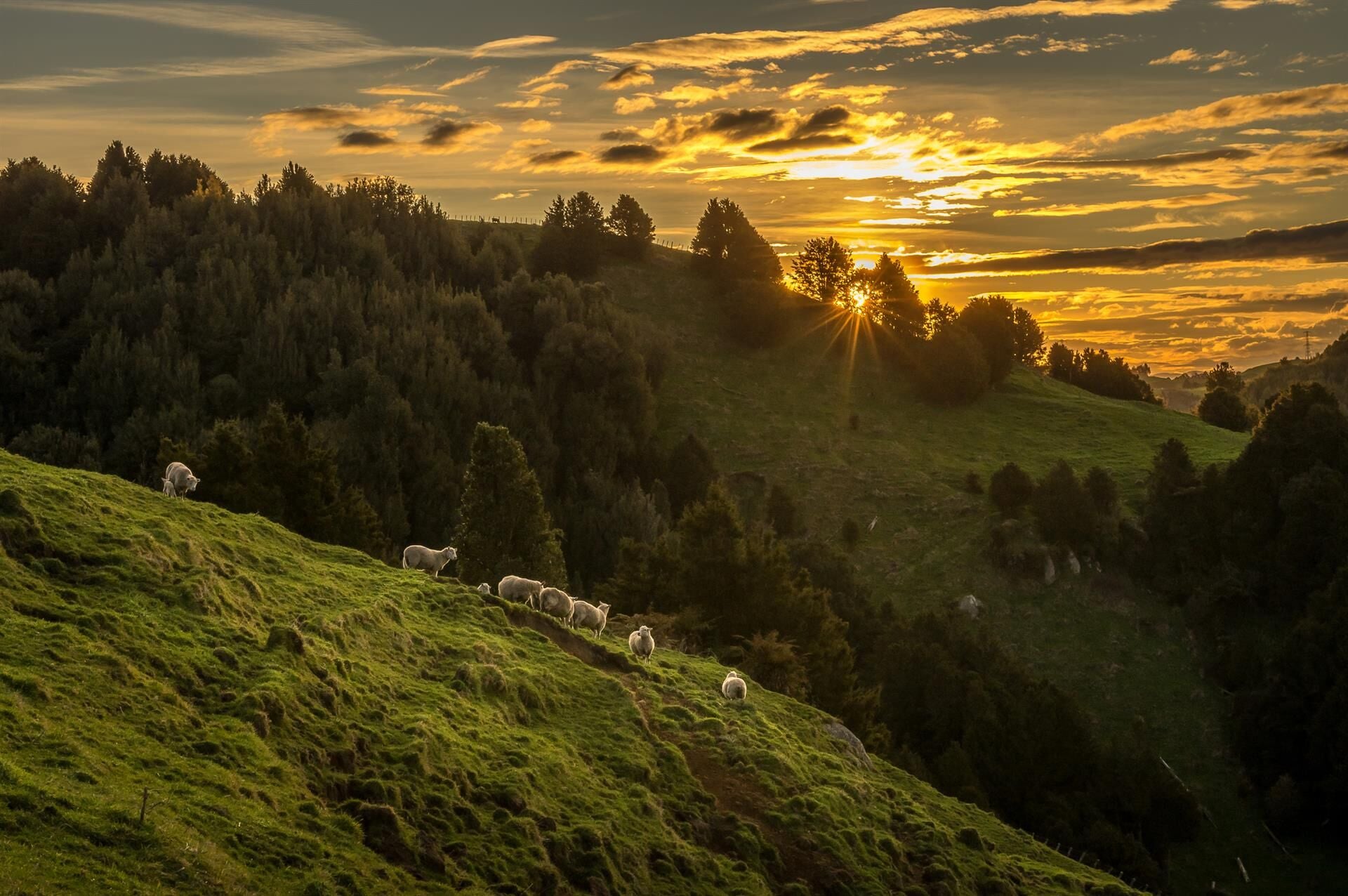Competition for pastoral land as carbon and commodity prices drive demand

Drawing on REINZ data which shows the total land area of pastoral properties sold from 1st April 2021-31st March 2022 nationwide was 170,140 hectares, ranging in price from $13,000 - $40,000 per hectare, Bayleys notes that the pastoral market has been buoyant over the past three years.
Nick Hawken, Bayleys’ national director rural said climbing pastoral land prices were initially driven by low interest rates but have been further supported by recent increases in commodity prices and a strong carbon market.
“Carbon price has provided a floor to the whole rural market, but there’s competition across all sectors for good land.
“Hill country land has seen the biggest lift in value, underpinned by the carbon market, while competition between fattening and dairy for the more productive land classes has been driven by high commodity prices and a desire to future proof operations with larger scale.
“Recently we’ve seen sheep and beef purchasers outbid dairy support-aligned buyers for land in Canterbury, but competition is not new and will remain a challenge for all who contribute to the food bowl, whether it’s urban sprawl eating into highly-productive cropping land or forestry taking away breeding country.”
Hawken said environmental standards and due diligence are playing a key role in purchasing and lending decisions and while more acute in the dairy sector, pastoral buyers are now placing more weight on these compliance factors.
“Vendors should have quality documentation available to improve saleability, particularly for higher value properties where stakeholders like banks are demanding more transparency and wanting to see clear target-driven objectives.
“Regulations around carbon commitments will ultimately be the definer right across the rural sector, with policy-led initiatives likely to see dynamics continue to fluctuate.”
Land price growth in the pastoral sector is expected to slow according to Hawken, particularly at the lower end of the market due to proposed changes to use of forestry land such as Overseas Investment Office restrictions on greenfield conversions and permanent carbon sinks.
“Price growth for the better land classes is also expected to ease if returns for fattening and dairy operators come off their peak, and with interest rate uncertainty,” said Hawken.
“The cost of debt, rather than access to debt, may dampen price growth relative to recent years although significant principal repayments across the rural sector should continue to provide adequate debt liquidity for transactions.”
Increasing buyer diversity within the pastoral sector is changing the face of typical ownership, as hands-on sheep and beef farmers looking to improve efficiencies across their operations compete with corporate entities, syndicates and recreational buyers.
“Sustained buoyancy in meat schedules has continued to provide positivity for red meat producers and, as opportunity arises, those operators are transacting some of their less-productive land at reasonable prices in order to acquire land that will better contribute to their business bottom line,” explained Hawken.
“If we go back three or four years, around 90 percent of traditional breeding land on the East Coast was selling for under $10,000 per hectare.
“That has been progressively changing as the influence of the carbon price took hold and, when the price caps came off, less than 50 percent of that breeding land market probably now transacts below $10,000 per hectare.”